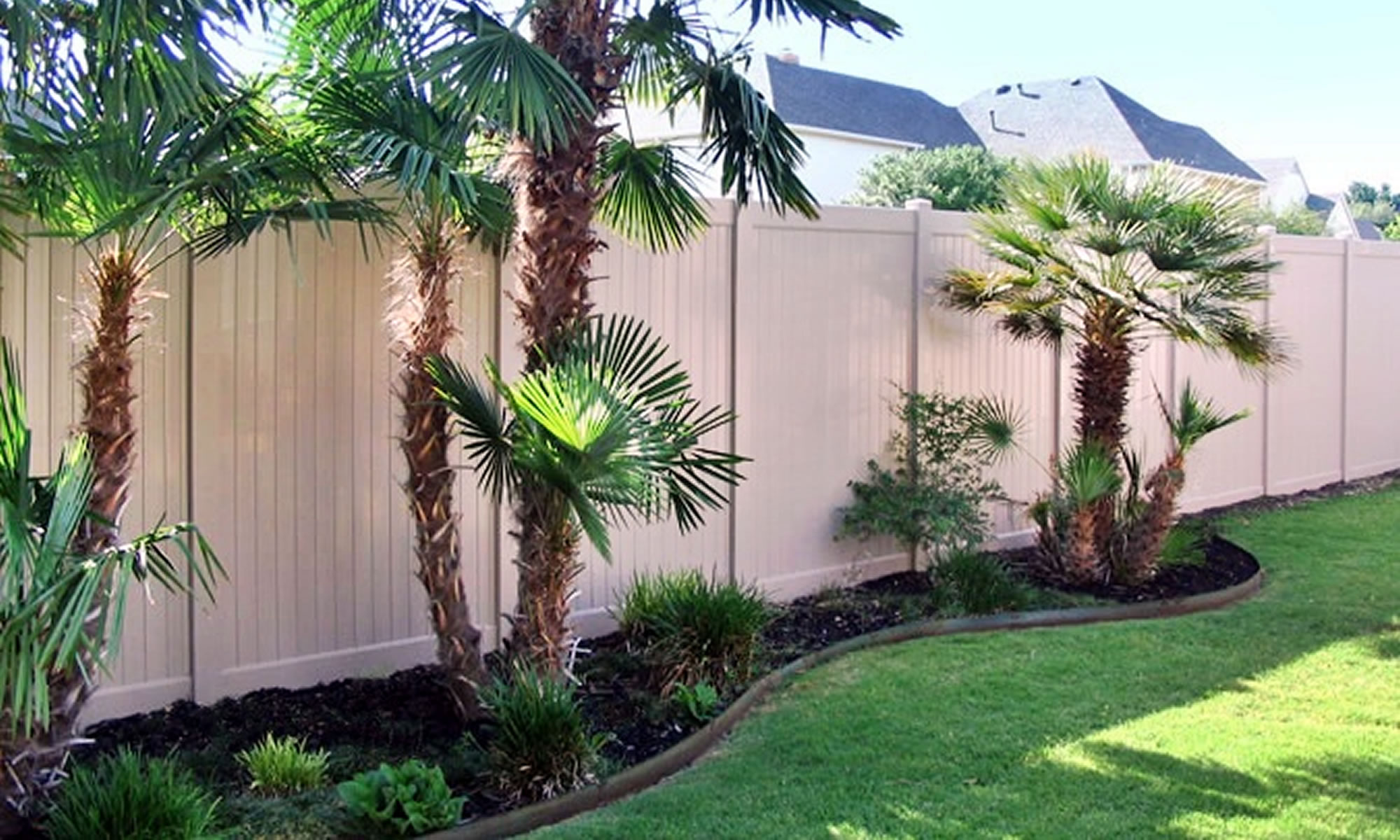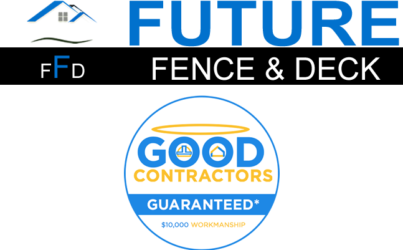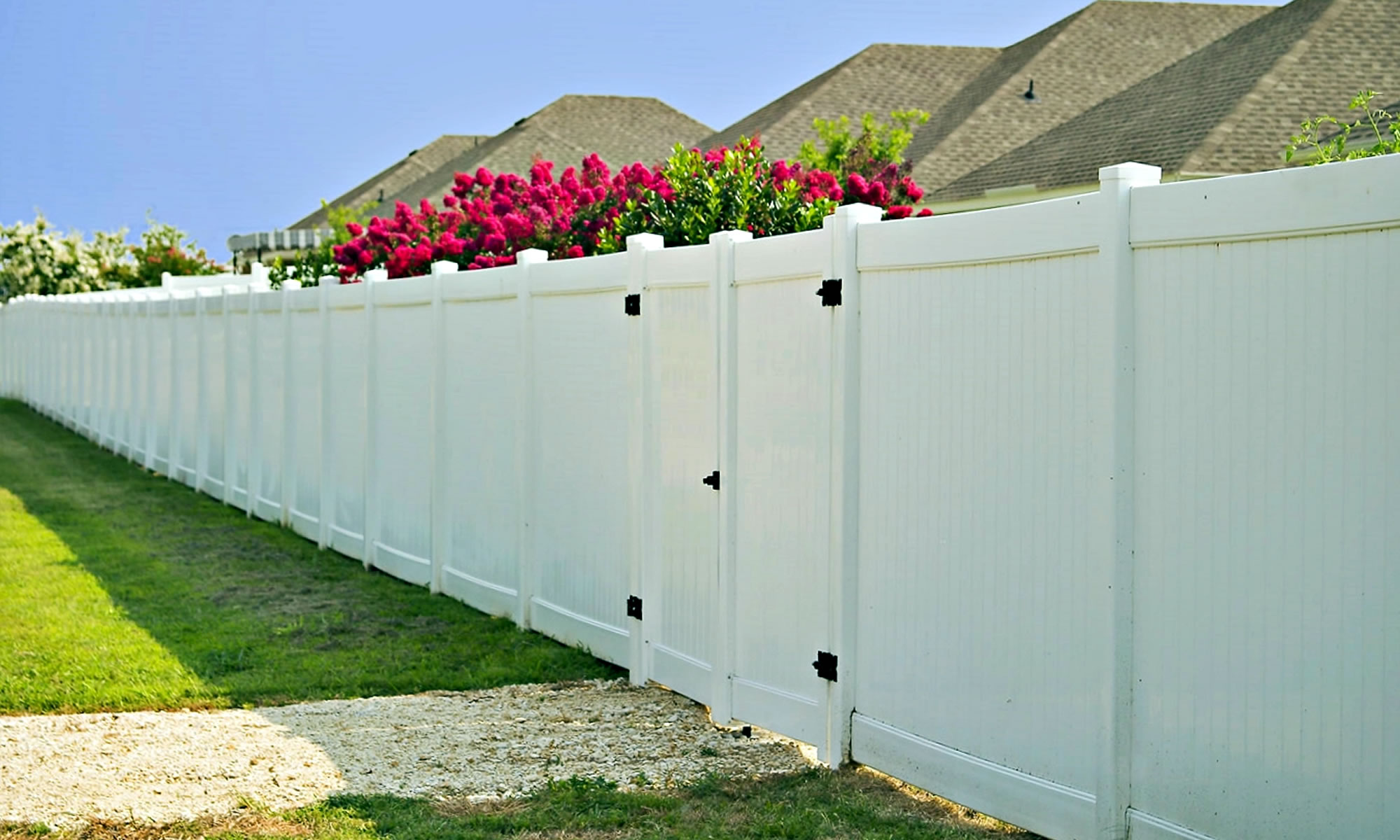There are a variety of fence materials, types, and styles to choose from when selecting a fence. It can be confusing and a difficult decision, but it doesn’t have to be.
What is the best type of fence?
There is really no single “best fence”. It really depends on your needs, your situation, and a few different factors. Privacy and/or security are probably the two main purposes for having a fence. Then, the factors are mainly 1) budget, 2) design, and 3) maintenance.
Budget
There are fence materials, types, and designs available to fit just about any budget. Some of the most common types, in order of cost, are chain-link, wood, vinyl, and metal (ie. wrought iron). This is not an exhaustive list, but some of the most common types. Each type has its own pros and cons.
Design
Once again, this is not an extensive list, but some of the most common design types are privacy, semi-privacy, picket, split-rail, or some sort of ornamental design. Vinyl and metal can be used for ornamental designs, whereas vinyl and wood are most often used for any of the others. There are other designs, materials, and types, but these are probably the most common.
Maintenance
Wood fences are less expensive to install but require more maintenance than vinyl fences and can have a lifespan of 15 to 20 years. The wood pickets can warp, splinter, and rot, requiring replacement. Wood can also become discolored over time. Therefore, it is a good idea to minimize contact with dirt and vegetation, inspect and repair a wood fence annually, and clean and reseal or stain the fence at least every 3 to 5 years.
Vinyl fences generally cost a little more to install but require much less maintenance than a wood fence and can last 20 to 30 years or more and retain a “like-new look”, when properly maintained. Vinyl fences don’t rot, splinter, or crack, are insect-proof and never need to be painted. Maintenance mainly includes spraying off dirt, dust, pollen, grass clippings, and debris as needed or after lawn care, and cleaning the fence with mild soap and water once a year, or at least every few years. Inspect the fence annually, tightening connections and making minor repairs as needed.
Metal fences (most often wrought iron) are more expensive to install, but can easily last from 15 to 30 years, or for a lifetime if properly maintained. Maintenance includes regularly removing vines and debris from the fence, cleaning the fence after each season or at least annually, removing any rust, and priming and repainting the fence with oil-based paint at least every few years if not annually.
What type of fence is more popular?
Wood, vinyl, and metal fences are all highly desired throughout the country; however, wood and vinyl tend to be the most frequently selected in the Southwest. Here is a brief summary of the advantages of both wood and vinyl fencing.
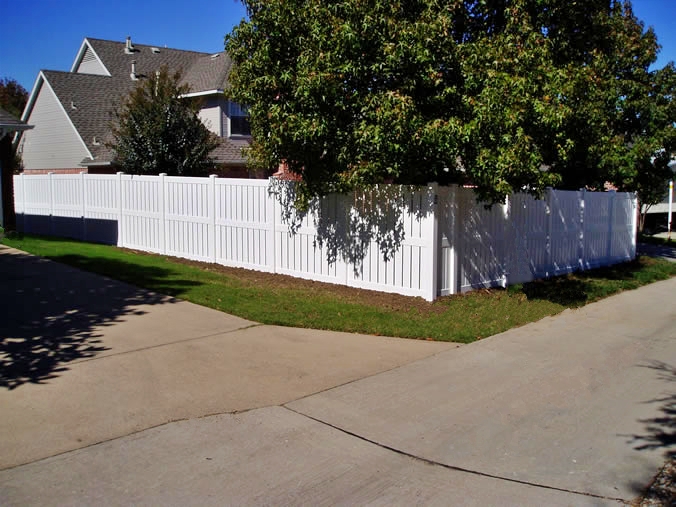
Vinyl Fencing
Vinyl fencing is rapidly becoming the top choice for a long-lasting, durable fence that you can count on and enjoy for a lifetime.
There are so many benefits of using vinyl for your fencing needs as compared to traditional wood. Vinyl is not porous which makes cleaning easy. With an occasional power wash, the look and beauty are restored and it can last decades. Here are just a few of the advantages of using vinyl:
- Strength
- Durability
- Low Maintenance
- Clean design and appeal
- Low-cost installation
Wood Fencing
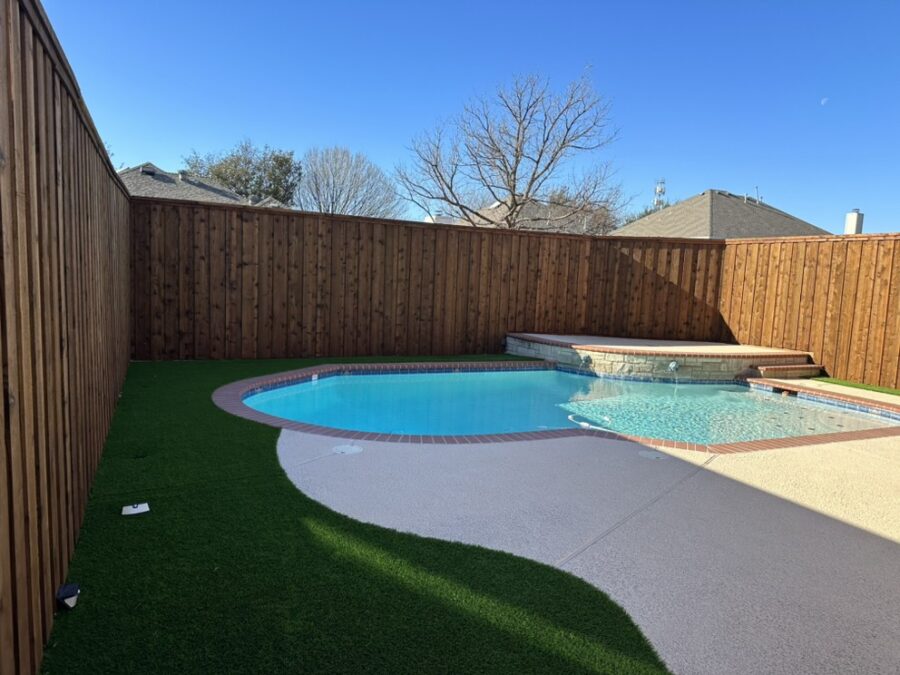
Wood fencing is a great choice for property owners looking for a cost-effective option, that is environmentally friendly, naturally beautiful, and good in any environment.
Wood remains a popular choice for its natural beauty and affordability. It is also one the easiest to maintain and repair, which can be as simple as replacing a picket. With a coat of paint or a new stain, the fence can be transformed with a new look. Here are just a few of the advantages of using wood:
- Inexpensive
- Versatile
- Easy to Maintain
- Environmentally Friendly
- Low-cost installation
- Easily Accessible Materials
